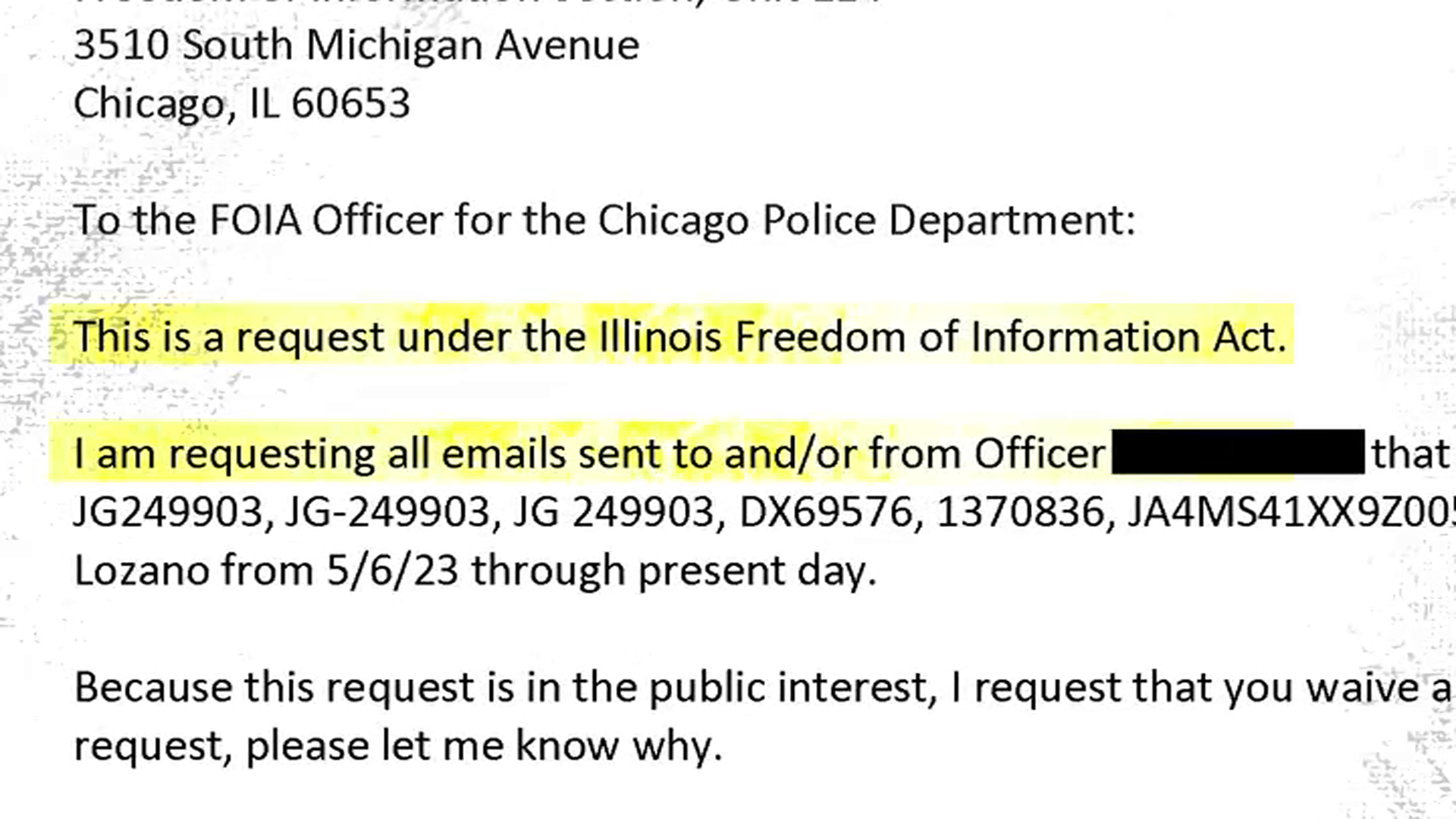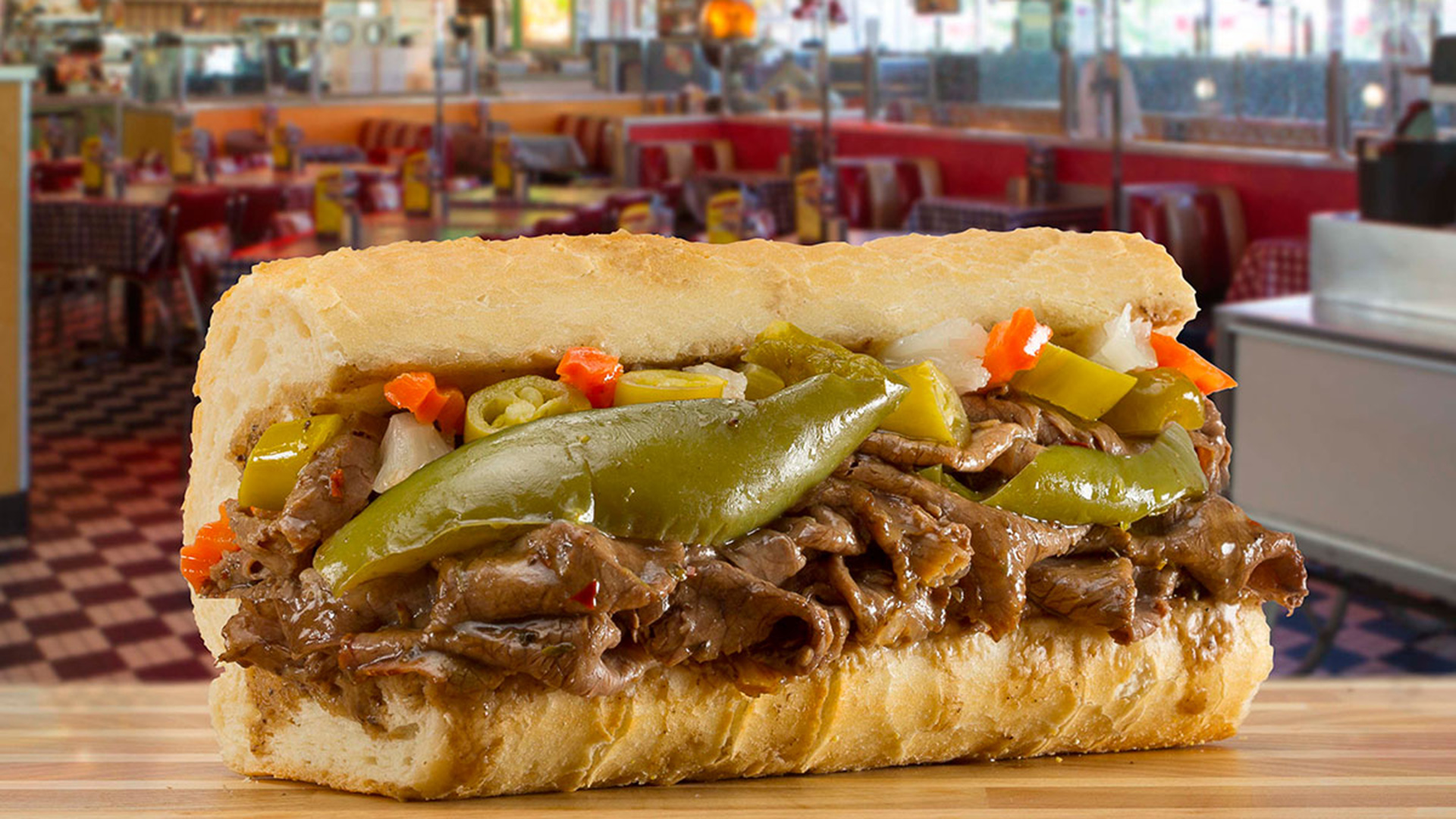Indiana's newest coronavirus restrictions are now in effect, with added requirements for residents and targeted mitigations for several regions beginning after weeks of steep increases in coronavirus-related deaths and hospitalizations.
Continuing through at least Dec. 12, most of the state is under a new governor’s order reinstating limits on crowd sizes.
Gov. Eric Holcomb’s new order, which took effect Sunday, limits crowd sizes to 25 people in the highest-risk red counties under the state’s assessment map and 50 people in the next-riskiest orange counties, with larger events needing approval from health officials. The state health department’s latest assessment places 87 of the state’s 92 counties in those categories.
The order directs the state health and homeland security departments and the state alcohol commission to work with local health agencies on enforcement of mask wearing and distancing at businesses. It recommends incremental warnings for violations and possible orders for business closures for those refusing to comply.
"We are in the midst of a second surge," Holcomb said in announcing the changes last week.
Holcomb said he was also extending the statewide mask mandate for another month.
Among the requirements for counties, categorized by color, are:
Blue: The county has low community spread.
- Social gatherings of any kind, indoor or outdoor, are limited to 250 people.
- A special, seasonal or commercial event for which more than 250 people will be in attendance, must submit a plan to the local health department at least seven days in advance and receive approval before proceeding. This requirement is effective Nov. 22.
Yellow: The county has moderate community spread.
- Social gatherings of any kind, indoor or outdoor, are limited to 100 people.
- A special, seasonal or commercial event for which more than 100 people will be in attendance, must submit a plan to the local health department at least seven days in advance and receive approval before proceeding. This requirement is effective Nov. 22.
Orange: The county’s community spread is approaching high levels. These requirements are in effect when a county reaches the Orange metric and remain until a county moves to Yellow or Blue for two straight weeks.
- Social gatherings of any kind, indoor or outdoor, are limited to 50 people.
- A special, seasonal or commercial event for which more than 50 people will be in attendance, must submit a plan to the local health department at least seven days in advance and receive approval before proceeding. College and professional sports are included. This requirement is effective Nov. 22.
Red: The county has very high positivity and community spread. When a county is in the Red metric, these requirements remain in effect until the metric has returned to Orange or lower for two weeks.
- Social gatherings of any kind, indoor or outdoor, are limited to 25 people.
- A special, seasonal or commercial event for which more than 25 people will be in attendance, must submit a plan to the local health department at least seven days in advance and receive approval before proceeding. College and professional sports are included. This requirement is effective Nov. 22.
Regardless of a county’s color code, face coverings are required, the order states. Businesses are also required to place "clearly visible signs at their public and employee entrances notifying all that face coverings are required."
News
"All customers in restaurants and bars are required to be seated. Tables, counters, or other seating arrangements must be spaced six feet apart," according to the order.
Indiana is averaging nearly as many coronavirus-related deaths now as it did during the spring’s initial surge of cases, with heath officials adding 50 more deaths to the state’s toll Friday.
The new deaths occurring over several days have pushed the state’s moving seven-day fatality average to 40 per day, just short of highest average of 42 a day recorded in late April.
Indiana’s COVID-19 deaths average has tripled since Holcomb lifted nearly all coronavirus-related restrictions in late September. During that time, COVID-19 hospitalizations have gone up 200% and the seven-day moving average of newly confirmed infections is six times higher.
Gary’s mayor is following Indianapolis officials by tightening capacity limits for bars and other businesses while many school districts across the state are shifting away from in-person classes.
Holcomb had decided in late September to lift nearly all of Indiana’s business and crowd size restrictions. Since then, Indiana hospitals have seen a 200% increase in COVID-19 patients and the seven-day rolling average deaths has gone jumped from 10 a day to 38, just short of the state’s peak in late April.
"There's only so many tools that we have to use to bend the trajectory down," Holcomb said.
Holcomb, who won a second term as governor last week, had previously said he would not make any changes to policy on handling COVID-19, a major point of contention on the campaign trail.
There's “no truth” to rumors that Indiana will shut down again after the election, he said during a briefing on the pandemic one week ago.
The governor has since emphasized the preference for health officials to address virus spread at the county level and adding that “we just don’t make decisions based on politics.”



